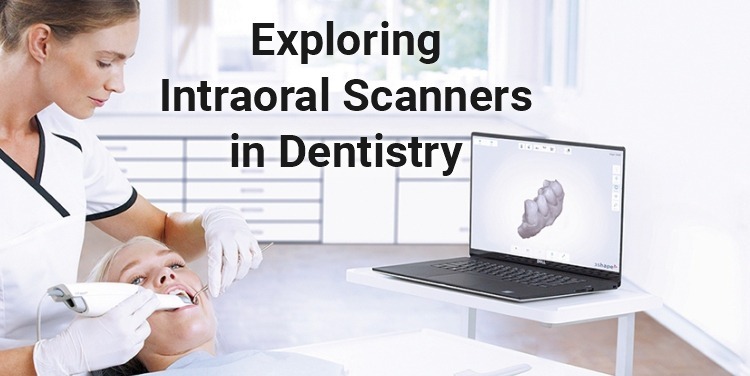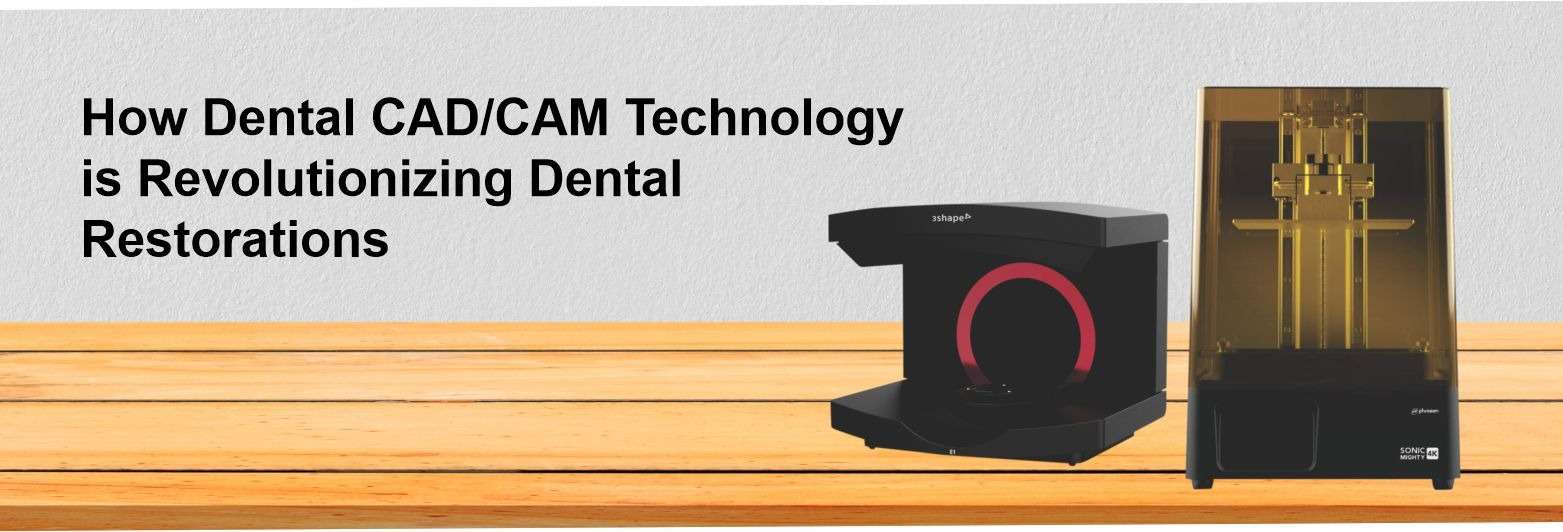Digital Dentistry: The Future of the Dental Industry
Digital dentistry, as we all know is a fast-growing era in the dental world, but are we really aware of it? Digital Dentistry, the term is much broader as is being said in between discussion amongst the individuals, it includes:
- CAD-CAM and Intraoral Imaging- both are clinician and laboratory-controlled.
- Computer-aided Implant Dentistry- includes designing and fabrication of abutments and surgical guides.
- Caries Diagnosis for patient education and treatment.
- Digital Radiography- includes intraoral, extraoral, and CBCT.
- Electrical and Surgical implant handpieces.
- Laser Treatment.
- Photography- intraoral and extraoral.
Why move on to Digital Dental World?
Moving towards an era of digital dentistry is an irreversible trend for the last few years, as it helps to move faster along with the precision and fetching the needs of the patients as well as the quick requirements of the operators too. It became much more efficient and user-friendly and also made conventional dentistry into single-day dentistry which allows dental professionals to work in a much smarter way. However, the future always brings new challenges in every field so there will also be some challenges that would be pointed ahead.
As we move on to the digitalization of dentistry there is a need for a completely new set of skills in dental professionals in order to get adapted to this digital era. Even the tools of this era are different from the conventional ones and are much easy to operate but one must be artistic in its work as well. For this there must be dental training that is to be provided within the Dental Education curriculum, which is not available in most of the institutions, without it there is much difficulty to master the techniques and understanding what a CAD-CAM procedure and hardware have.
There must also be a need for a different variety of materials must also be available to fetch the different types of procedures and restorations made by digital dental techniques, as there is a boom of open systems nowadays but there are also limits in the availability of materials that are to be used for the same. There is also a need for a wide variety of surfaces, colors, and layering materials. There is also a need for more research on the clinical behavior, biomechanical characterization, and applications of the new dental materials which is necessary for dental professionals to increase their knowledge and applications of those particular materials.
How Digitalization in Dentistry can be Beneficial?
For the sake of the new goal set on increased efficiency, greater patient satisfaction, and high-cost cutting, dental professionals now have to focus on the implementation of modern IT solutions in their regular practice. The CAD-CAM technology has enabled excellent communication between the dental operators, technicians, and the patients, and in the near future it will be easier for all of them to do so just by uploading the particular files from their open ends, and there must also be easy educational sessions and treatment options available. Thus a patient will be more comfortable by eliminating the unwanted procedures one has to face while in conventional dentistry as if a clinician has a chairside milling unit too, one can get instant temporary restorations till the permanent restoration is being fabricated by the dental lab professionals.
Conclusion So, digitalization is beneficial for all the individuals working in dentistry, the patient, technicians, the dental operator, and labs. Therefore there are various modalities available in this world of digital dentistry and one must choose them accordingly as per requirements of the practices one moves along wit





Leave a comment